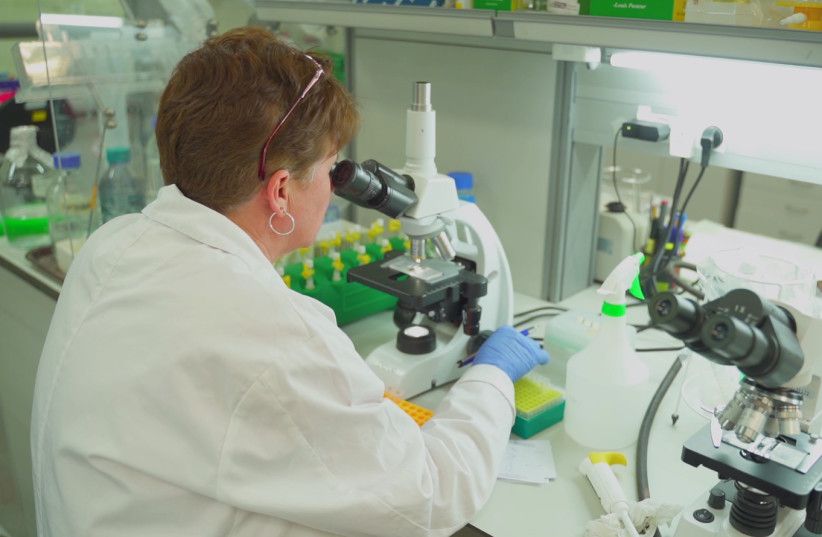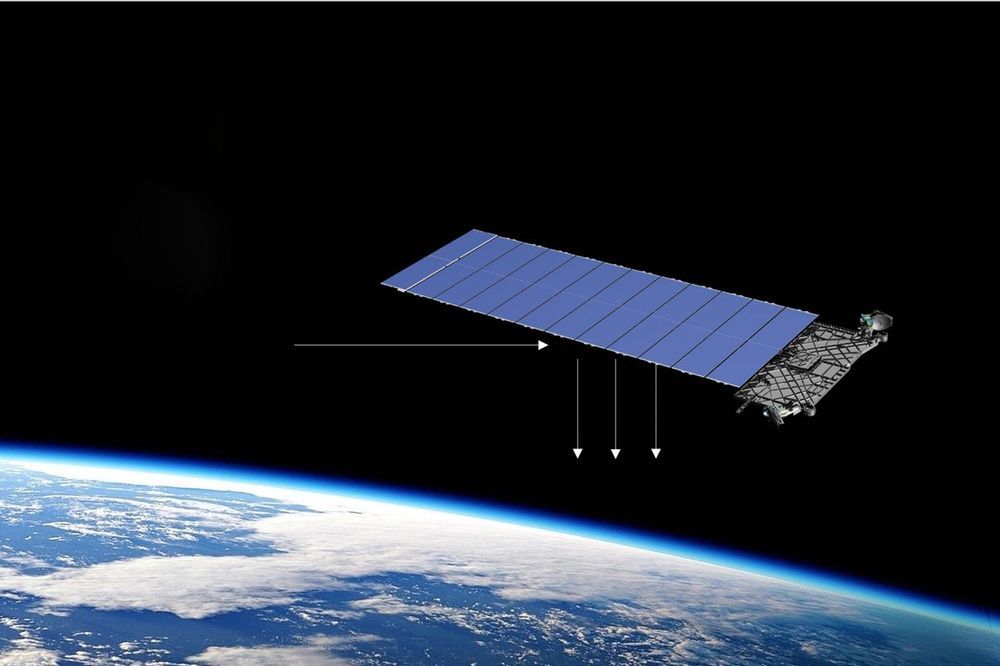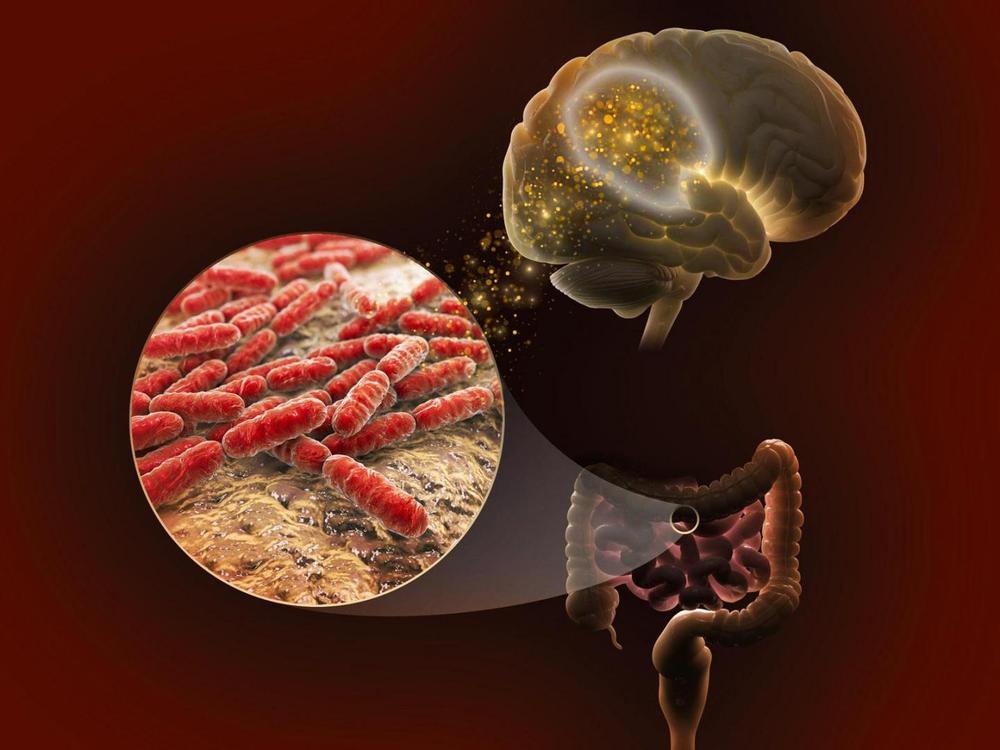Liz Parrish, founder and CEO of BioViva USA Inc., together with Dr. Sewell from Integrated Health Systems (IHS), interviewed by James Strole, Director of the Coalition for Radical Life Extension (CRLE) and Co-Founder of People Unlimited Inc., and Joe Bardin, Communications Director of the CRLE.
The interview took place on April 25, 2020.
The Coalition of Radical Life Extension are de producers of the anual event RAADfest (Revolution Against Aging and Death Festival) which will take place this year in Las Vegas, October 1 — 4. I highly recommend you consider attending this event so take a look at https://www.raadfest.com/
To watch the entire webinar for free visit the following link: https://www.rlecoalition.com/webinar
Other related links:
Coalition of Radical Life Extension: https://www.rlecoalition.com/
BioViva: https://biovivascience.myshopify.com/
Integrated Health Systems (IHS): https://www.integrated-health-systems.com/
Join me at any of my media channels:
Youtube: https://www.youtube.com/andresgrases
: https://www.linkedin.com/in/andresgrases/
: https://www.facebook.com/
Instagram: https://www.instagram.com/andgrabri/
Also, visit my own website here: https://transhumanplus.com/






